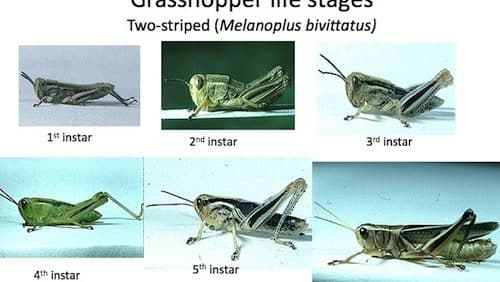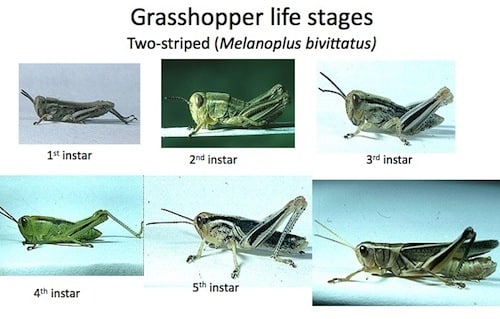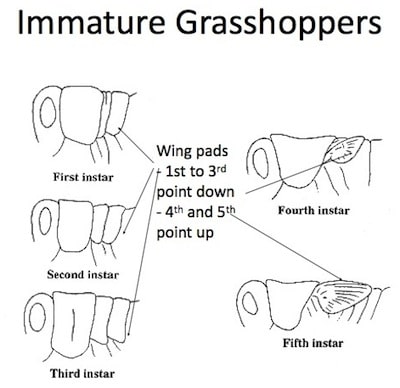The 6-leaf lull. At the 6-leaf stage, canola has moved past the vulnerable stage for early season insects and is not yet at the flowering stage when the next vulnerable stages begin. Spraying insecticide at the 6-leaf stage in canola is almost always a waste of time and money, and only hurts beneficial insects.
Cutworm scouting. Cutworm spraying is not widespread this year, but areas within some fields have reached the nominal threshold of 25-30% plant loss. Cutworm spraying can be effectively targeted to only those areas around where feeding is evident. Read the article in this issue of Canola Watch on how to scout for cutworms. Leaf feeding was observed in some canola fields this week. Entomologists have not confirmed whether a climbing cutworm or some other insect is the cause. Note that the feeding is not typical of diamondback moth larvae and is too early for bertha armyworm.
Flea beetles still feeding. The yield threat from flea beetles is generally over by the 4-leaf stage of the crop, but some fields at that stage are taking heavy losses — especially in Manitoba and Ontario. If flea beetles are still feeding and leaf area loss on newest leaves is 25%, then spraying may be required.
Cabbage seedpod weevil numbers are building in some fields in southern Alberta and southwestern Saskatchewan. The best time to spray is at 10-20% flower to prevent egg laying in newly formed pods. Weevils overwinter as adults on field margins, and are moving into fields now. Numbers keep building up until around 10-20% flower. Scott Meers with Alberta Agriculture encourages growers and agronomists to report their weevil counts through the online reporting system. Even if the counts are zero, this is valuable information for weevil monitoring. You need a sweep net to scout for weevils.
Where to get a sweep net.
How to use a sweep net.
Grasshoppers too small to spray. Grasshoppers at the first and second instar do very little damage, even at high numbers. (See the photos below.) And with rain and humidity, fungal diseases will often reduce a large percentage of the population before it reaches it’s most voracious stage. If the first large wave of grasshoppers reaches the third instar stage and are actively feeding in a crop, spraying may be required. Third instars have the typical grasshopper appearance, are much more mobile and have bigger appetites. And once the first bulge of the population has reached that stage, all eggs will have hatched.



